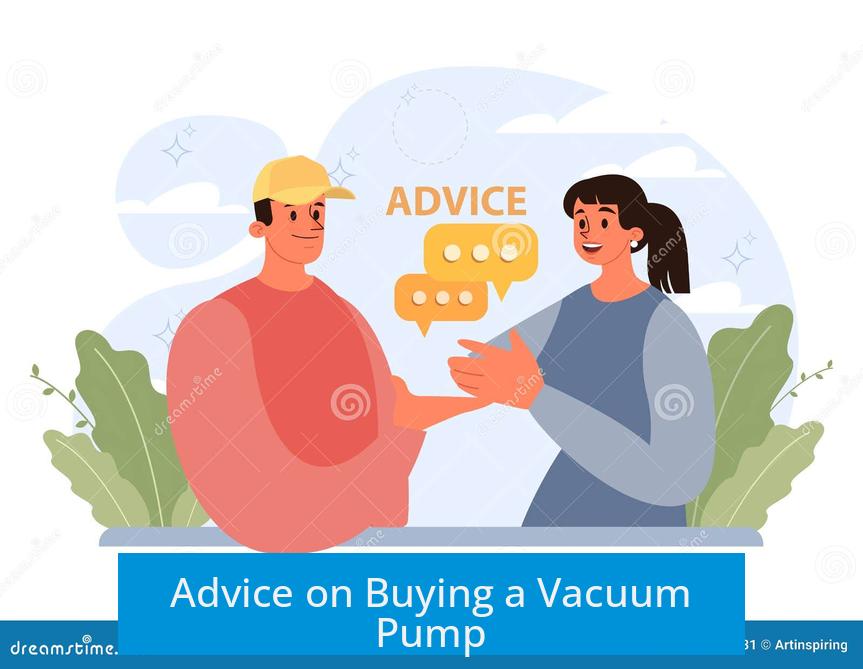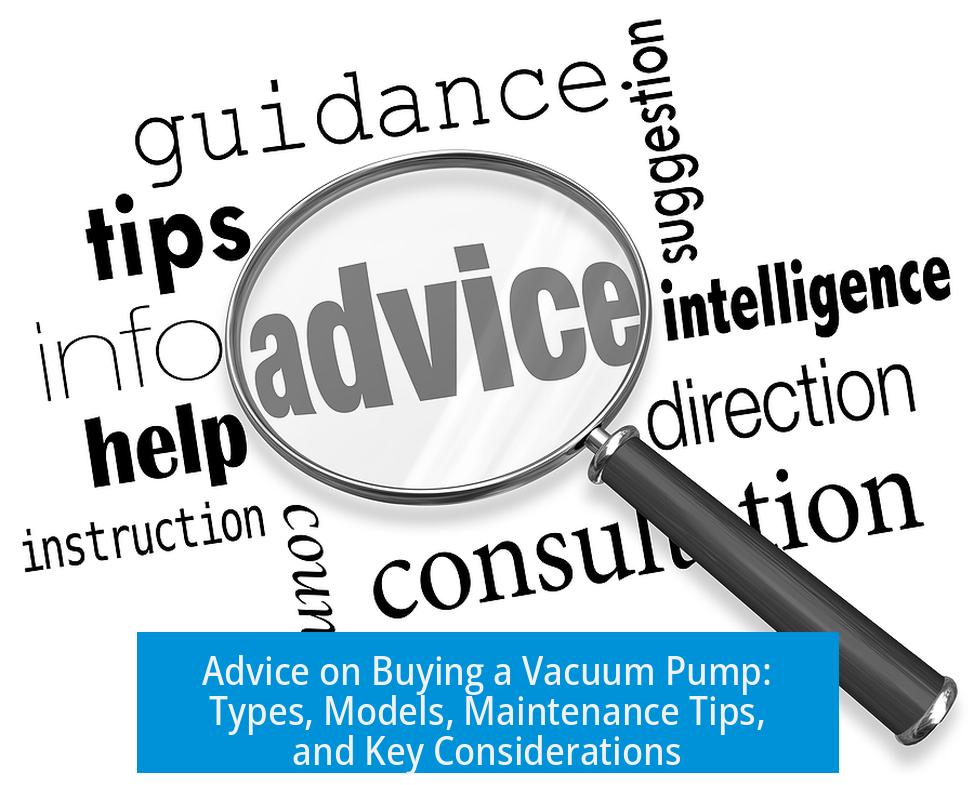Advice on Buying a Vacuum Pump

When buying a vacuum pump, selecting the right type based on your application and balancing cost, maintenance, and performance is essential. Rotary vane pumps dominate laboratory use due to their reliability, affordability, and resilience. Scroll pumps are quieter and oil-free but cost significantly more for equivalent performance.
Types of Vacuum Pumps
Rotary Vane Pumps
- These pumps are the most common in labs due to their robust design and moderate price.
- Notable models include the Welch 13xx and 14xx series, particularly the Welch 1399, which delivers 0.015 Torr vacuum at 1.2 cfm for about $1,700–$2,000.
- They require routine maintenance such as oil changes and using traps to protect the pump from corrosive vapors.
- Proper care allows years of operation without needing a rebuild.
- Variants include belt-driven and direct-driven pumps like the Edwards RV3 series, which offer similar performance.
Scroll Pumps
- Scroll pumps offer oil-free operation and low maintenance.
- They are less popular due to higher costs—often over $4,500 for pumps with performance comparable to rotary vane pumps.
- These are suited for users prioritizing minimal upkeep and quieter operation.
Recommended Models and Cost Considerations
- The Welch 1399 rotary vane pump is ideal for most lab needs.
- Higher-end options like the Edwards nXDS6i provide better throughput (3.6 cfm) and similar ultimate vacuum (0.015 Torr) but cost around $5,600.
- Balancing purchase price against maintenance frequency is critical; rotary vane pumps require oil changes but are significantly cheaper upfront.
Maintenance Tips
- Always use vapor traps to prevent damage.
- Change pump oil regularly as instructed by manufacturers.
- Avoid pumping corrosive vapors to extend pump life.
Choosing the Right Pump for Your Application
Application requirements dictate the best pump choice. Consider:
- Required ultimate vacuum level.
- Pumping speed (throughput).
- Type and nature of gases or vapors being pumped.
- Budget for purchase and maintenance.
- Space and noise constraints.
Consulting manufacturer selection guides, such as the Kurt J. Lesker pump selection guide, can help filter options based on specifications.
Engaging with sales representatives from reputable vacuum pump companies also adds value. They offer application-specific advice and support. While some may find talking to reps inconvenient, their expertise often yields better purchasing decisions.
Key Takeaways
- Rotary vane pumps provide a cost-effective, reliable solution for most lab applications.
- Scroll pumps offer oil-free operation but at a higher price.
- Maintenance, including oil changes and vapor traps, extends pump lifespan.
- Assess application needs carefully before selecting a pump.
- Use available guides and expert advice to find the best fit.





Leave a Comment